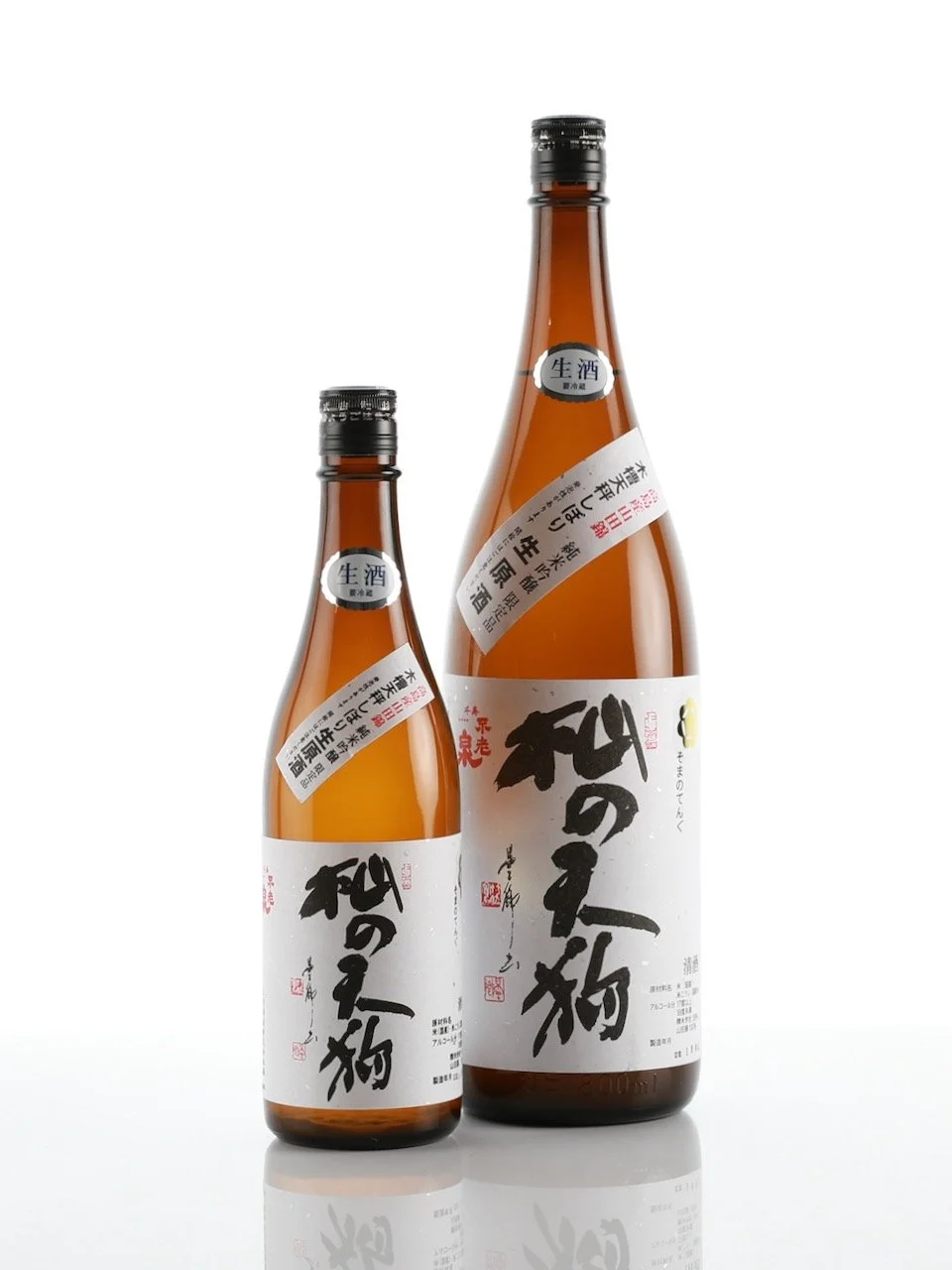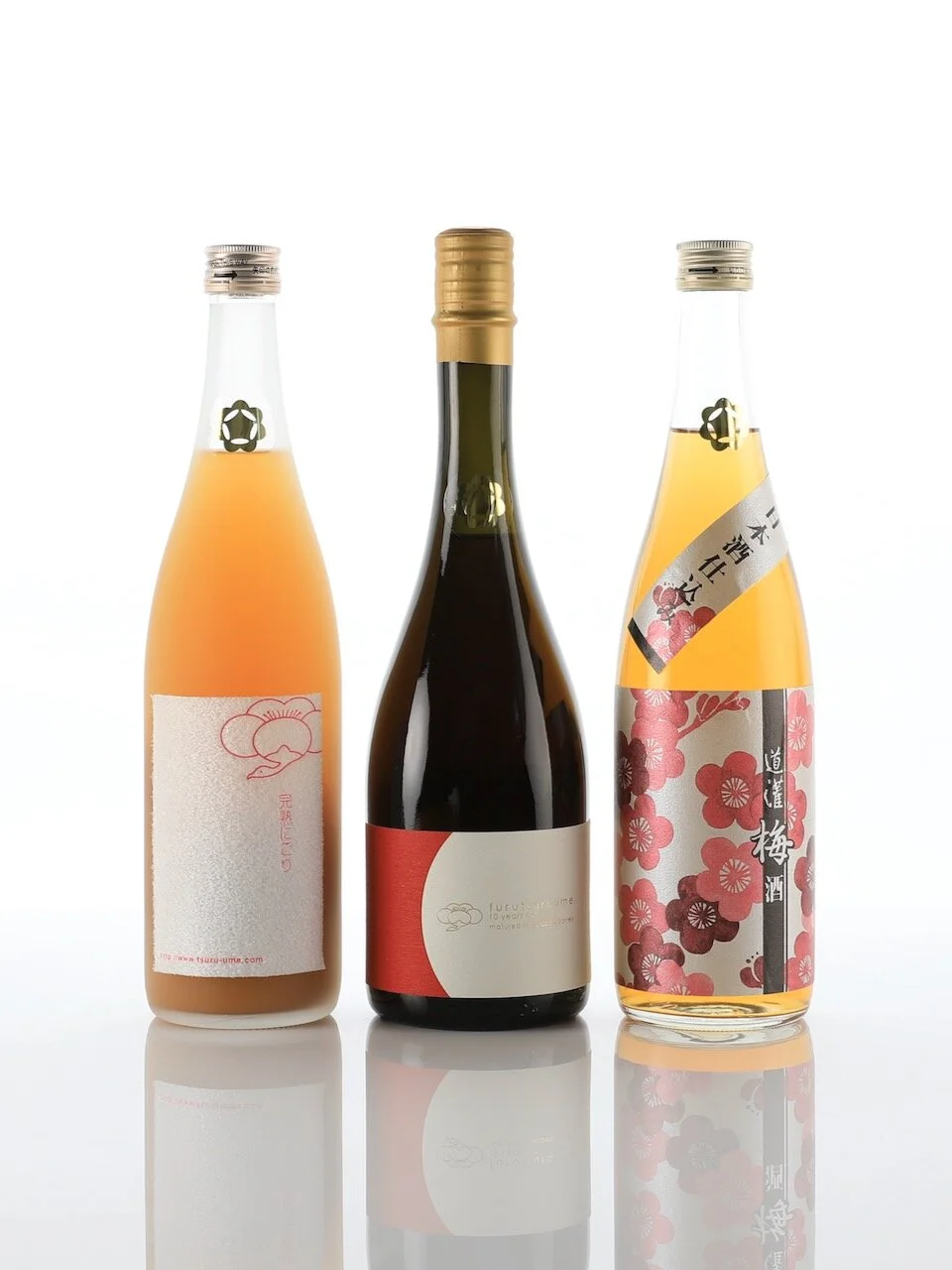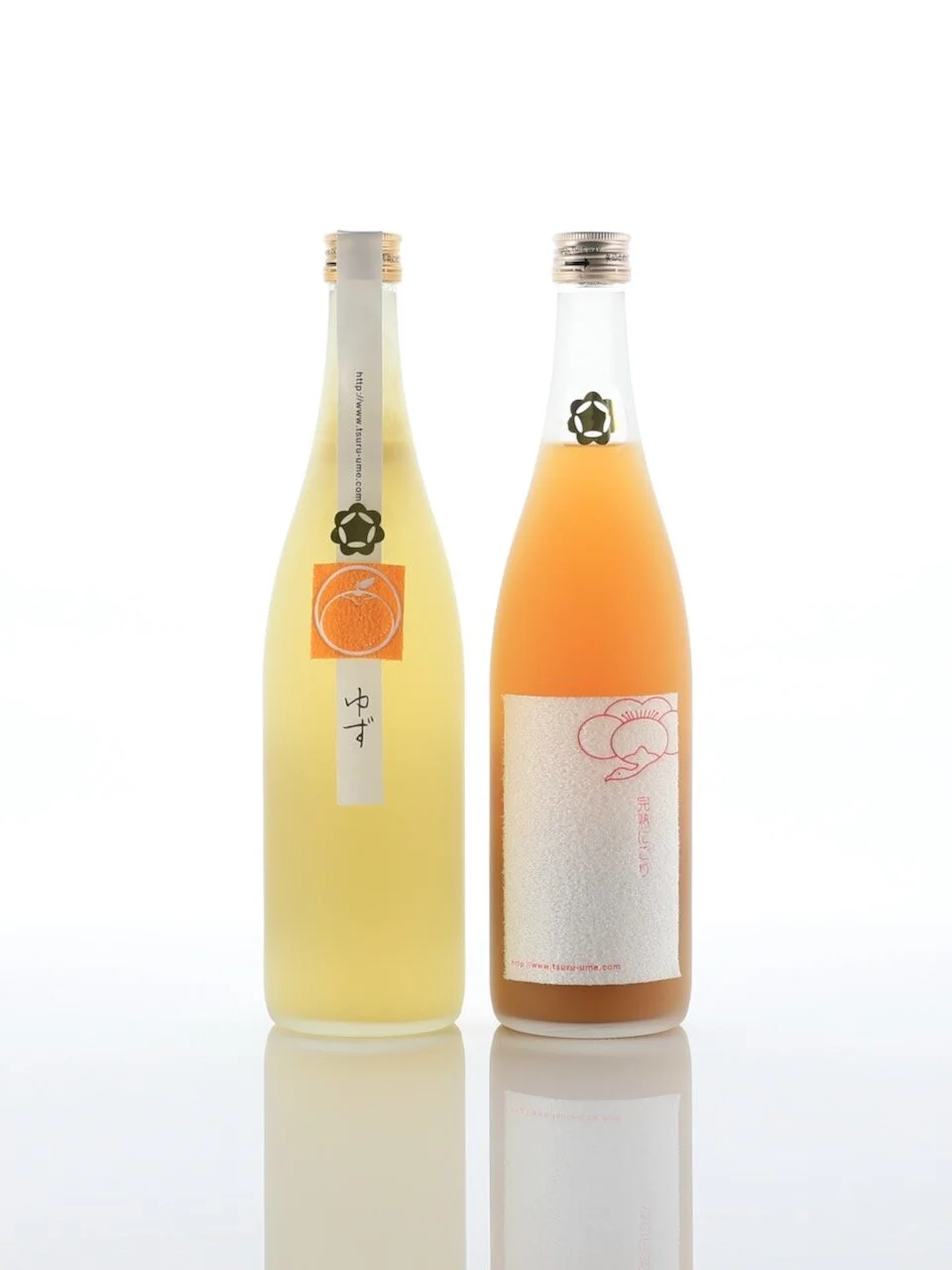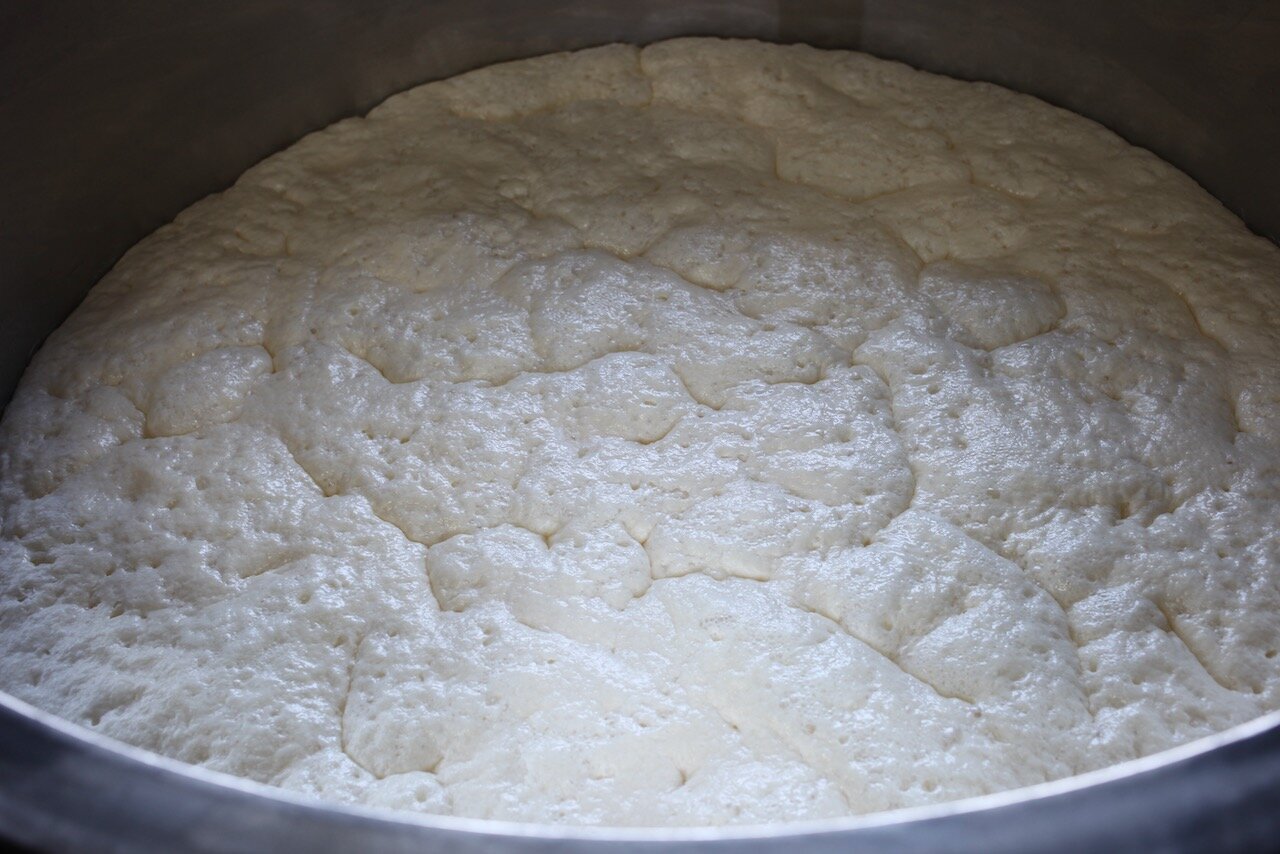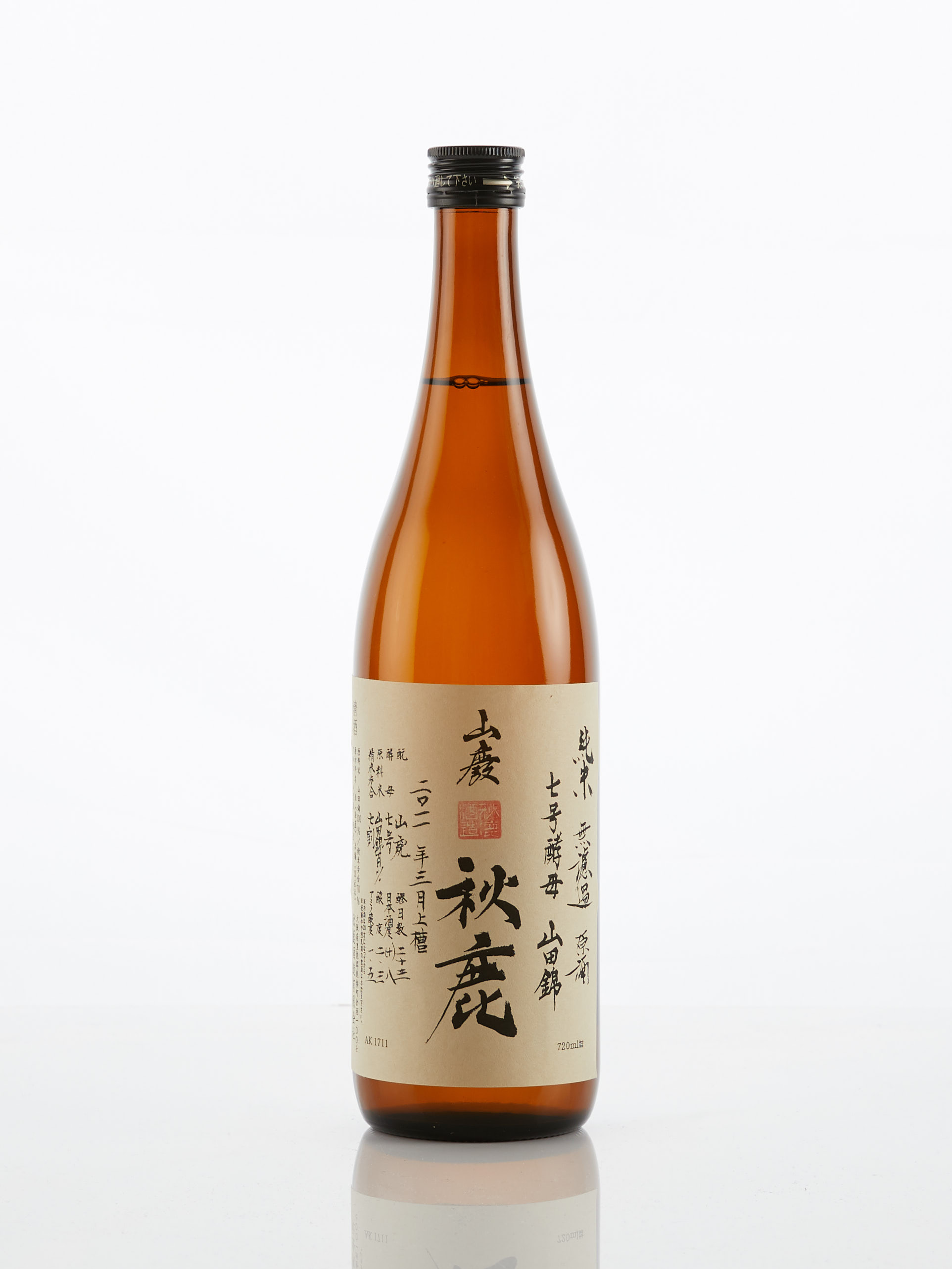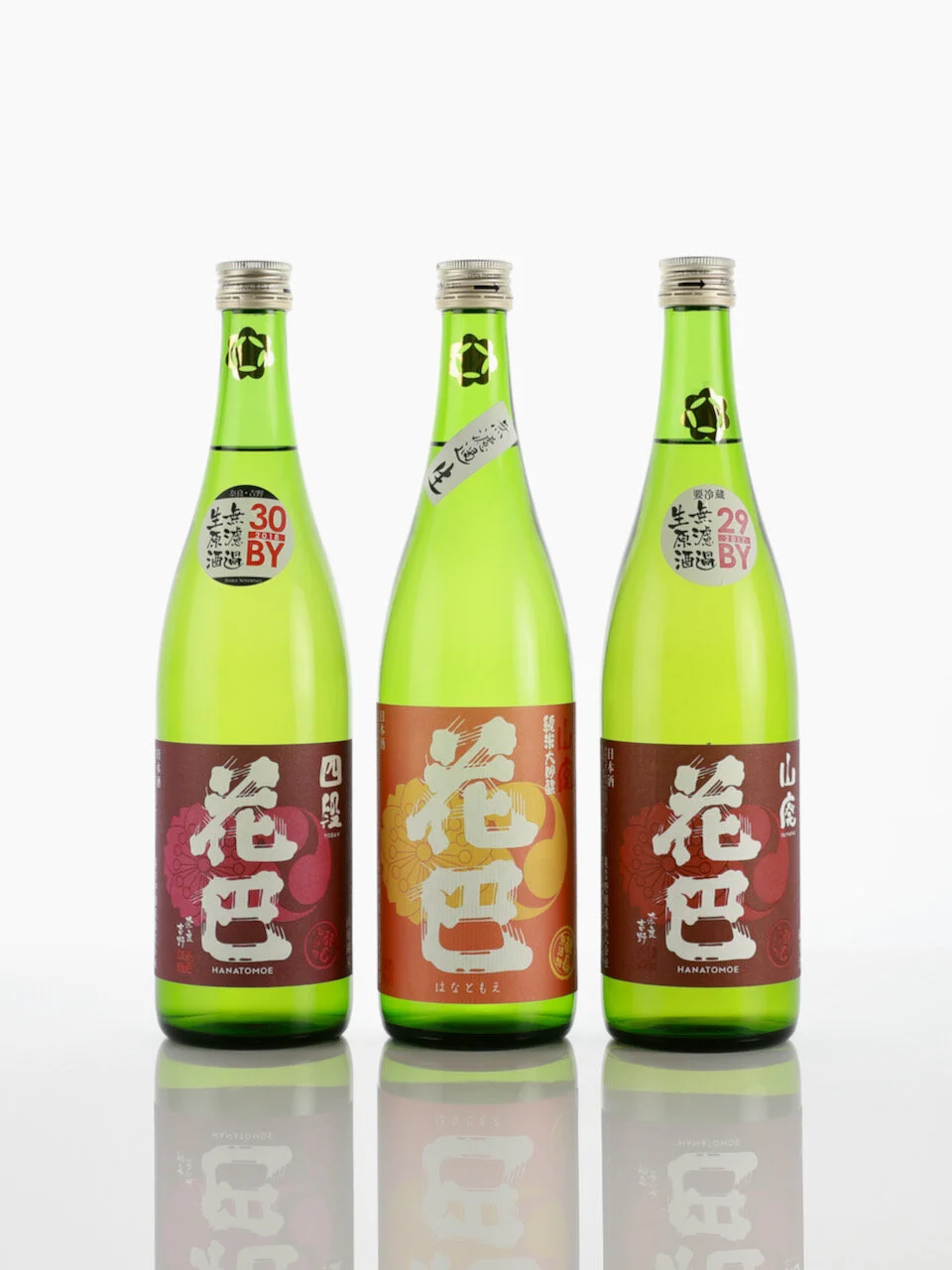NIGORI | 濁り
CLOUDY
Nigori is a stylistic expression of sake. It means ‘cloudy’ in Japanese and Nigori sake is sake loaded with flavour and texture. Normally sake is pressed into a clear beverage however with Nigori the sediment after fermentation is finished is retained. This sediment is added to the bottle to add a distinctive cloudy appearance, fuller texture and a more vibrant flavour.
Historically Nigori or Nigorizake was consumed directly after fermentation without separating the less or ‘Kasu’ from the liquid. Once production techniques became more refined and technology increased filtration of sake began and continued, becoming a legal requirement near the end of the 19th century. At this time Nigori sake was reserved for just personal consumption.
In 1966 a new technique was developed to allow the production of ‘old fashioned’ Nigorizake and the government approved this filtration method. It involved pumping the sake through a sieve with small holes in the bottom. This was a labour intensive way to obtain Nigori so many producers simply mixed some of the Kasu (lees) back into the sake rather than using the official technique. This method became so widespread that they eventually changed the rules to allow this type of Nigori technique.
Nigorizake will be full of flavour and texture. Often intensely fragrant it tends to be very fresh and ‘alive’ when young. The acidity in Nigori is a touch higher as the Kasu (lees) still have lot of acidity in them. With some ageing the freshness dies down and you get a more complex and layered drink turning into more savoury flavours and aromas.






